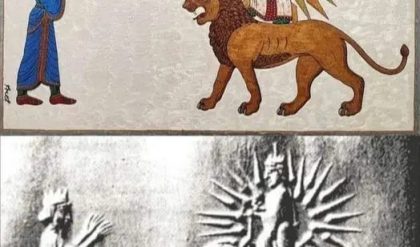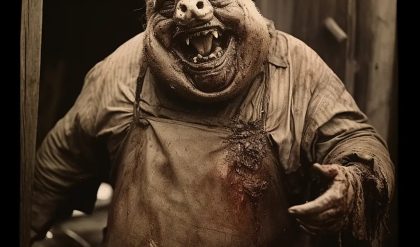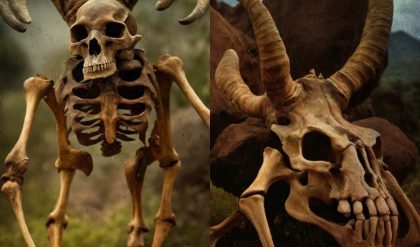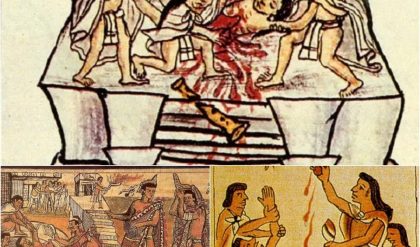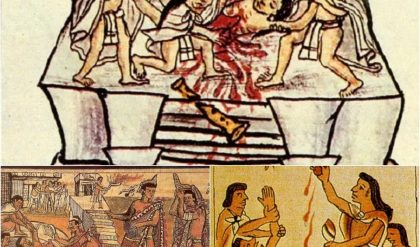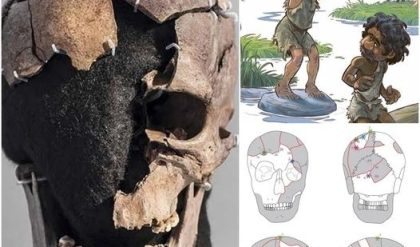
The Baby Chupacabra Mummy: A Modern Myth or a Real Discovery?
Physical Description: The mummy’s appearance includes a reptilian body, large eyes, and a head with distinct, jagged features. Its small size and skeletal structure have led some to believe it could be a new species or an unknown prehistoric creature. The mummy was reportedly found in a cave, nestled among other ancient artifacts, adding to the mystery surrounding its origin.
Historical Context: The chupacabra is a creature of recent folklore, first reported in the 1990s in Puerto Rico. Its alleged sightings and descriptions vary widely, from a spiky, alien-like being to a more dog-like figure. The idea that such a creature could have existed in ancient times and been mummified raises fascinating questions about the intersection of myth and history.
Dinosaur Babies: Uncovering the Truth Behind Ancient Reptilian Infants
Dinosaur Embryos: Fossils of dinosaur embryos have been found in various parts of the world, revealing that some dinosaurs laid eggs and cared for their young. These embryos often show details of the developing skeleton and provide clues about the size, growth, and behavior of juvenile dinosaurs.
Mystery and Misconceptions: While the baby chupacabra mummy is said to resemble a small dinosaur, it’s crucial to differentiate between scientifically documented dinosaur embryos and purported cryptids. Many claims of dinosaur-like creatures in modern times are often based on misidentified fossils, hoaxes, or folklore.
The Controversy: Genuine Artifact or Elaborate Hoax?
Scientific Scrutiny: To determine the authenticity of the mummy, scientists would need to conduct thorough analyses, including radiocarbon dating, DNA testing, and comparative studies with known species. As of now, no such tests have been publicly reported, leaving the mummy’s true nature in question.
Cultural Impact: The baby chupacabra mummy has become a viral sensation, sparking discussions about cryptids, ancient myths, and the possibility of unknown prehistoric creatures. Whether genuine or not, it has captured the imagination of those fascinated by the supernatural and the unknown.
Ancient Mysteries and Modern Discoveries: Bridging the Gap
Cultural Legends: Many cultures have legends of mysterious creatures and beings, often linked to real animals or misunderstood phenomena. The chupacabra, like other mythical creatures, may be rooted in ancient stories and symbols, reflecting humanity’s desire to explain the unexplainable.
Scientific Exploration: Advances in technology and research methods are continually reshaping our knowledge of the past. Discoveries like the baby chupacabra mummy highlight the importance of rigorous scientific investigation to separate fact from fiction and to better understand our world’s rich and complex history.
Conclusion: The Quest for Truth
